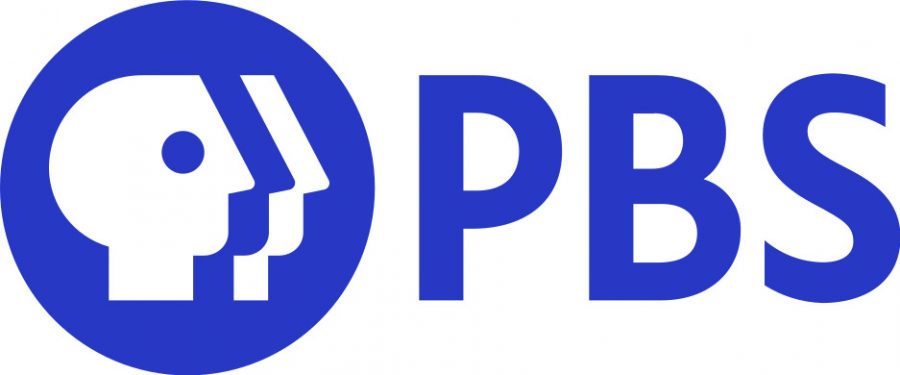Dobbins: Public broadcasting still relevant today
Although viewership of public broadcasting has decreased in the past decade, it remains the only option for many.
September 23, 2021
With the decline of cable television usage, a debate began regarding the relevance of publicly funded broadcasting in the modern age; however, despite more and more people turning to streaming services, public broadcasting is still as important as ever.
Public broadcasting serves to educate the population, especially young children. The Public Broadcasting Service, the United State’s public broadcasting network, boasts several educational children’s programs such as “Sesame Street” and “The Cat In The Hat.” With only 56% of Americans currently watching cable TV, cable subscribers are expected to decrease dramatically and switch to streaming services; however, not everyone has money to spare or time to decide between the various options for streaming. On sites like YouTube, many children watch videos purportedly aimed toward their demographic but are exposed to inappropriate videos or advertisements on the site. Therefore, a public educational channel such as PBS is a safe choice for parents to allow their children to watch.
Unfortunately, as stated earlier, the amount of cable subscribers decreases every year. Though streaming services are the popular alternative, not everyone has the ability to use them consistently. Furthermore, streaming services are mainly used for entertainment rather than public service. No matter a person’s financial situation or location, though, public broadcasting will always be available to them. MPB, for example, operates numerous OTA transmitters, which allow people with an old-fashioned antenna to pick up the signal for free. Aside from educational programs, public broadcasting also includes news and public safety announcements, both of which are crucial. Furthermore, unlike several cable networks and streaming services, public broadcasting programs are ostensibly neutral politically.
Proponents of defunding public broadcasting point out that the cost of public broadcasting is reflected on taxpayers; however, the amount of taxes that go to public broadcasting in the U.S. is far from leaving anyone destitute. The Corporation for Public Broadcasting, the organization that supports public broadcasting, requested $515 million from the federal government this year — a staggering total of about $1.55 for every American. The cost of not having public broadcasting far exceeds the cost of upholding it.
Finally, public broadcasting is not beholden to advertisers. Several forms of media, from TV channels to online influencers, are dictated by advertisers. For example, a magazine that relies on sponsorships from corporations must be careful with what it says in case an advertiser pulls their money from it. Public broadcasting, on the other hand, is free from the stress of third-party interest since its operating budget is sourced from the government as opposed to advertising.
The position of public broadcasting is unique among other forms of television in its accessibility, neutrality and freedom from third-party interest. The ability to have a free outlet for education and news that is shielded from third parties like advertisers and the government’s interests is crucial for every American. Keeping the practice of public broadcasting should be a priority for American citizens.









